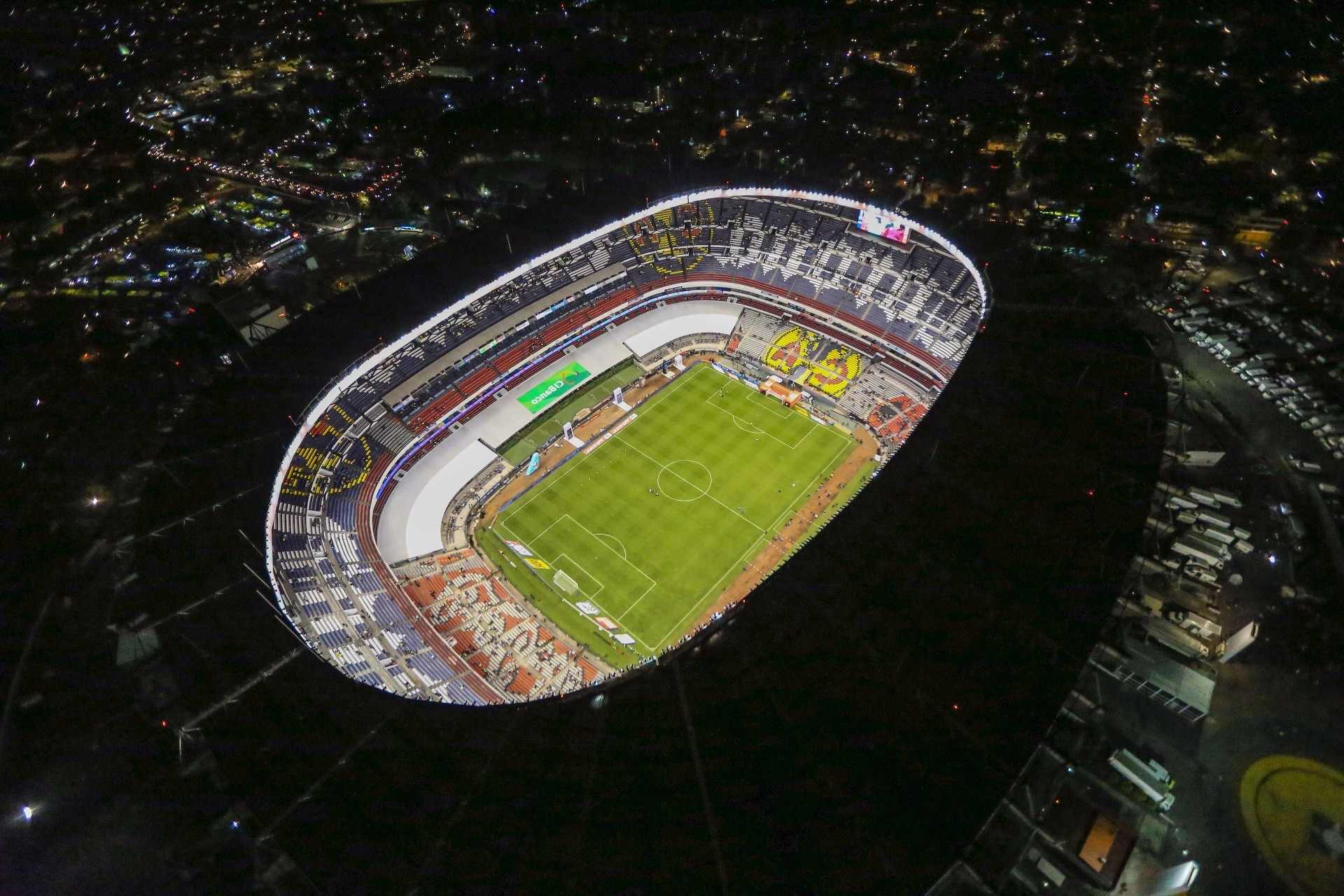
Estádio Azteca is one of the most iconic stadiums in the world. Located in Mexico City, this colossal arena has witnessed countless historic moments in sports. Did you know it’s the only stadium to host two FIFA World Cup finals? That’s right! Legends like Pelé and Maradona have graced its pitch. With a seating capacity of over 87,000, it’s a fortress for the Mexican national team. Beyond football, it has hosted concerts by global superstars. Ever wondered about its unique design or the stories behind its construction? This post will dive into 31 fascinating facts about Estádio Azteca that will leave you amazed.
History of Estádio Azteca
Estádio Azteca, located in Mexico City, is one of the most iconic stadiums in the world. Known for its rich history and monumental events, it has hosted numerous memorable moments in sports.
- Opened in 1966, Estádio Azteca was designed by Mexican architect Pedro Ramírez Vázquez.
- The stadium was built to host the 1968 Summer Olympics and the 1970 FIFA World Cup.
- It is the first stadium to host two FIFA World Cup Finals, in 1970 and 1986.
- The name "Azteca" honors the Aztec civilization, which once thrived in the region.
Architectural Marvel
The design and structure of Estádio Azteca are truly remarkable. It stands as a testament to innovative engineering and architectural prowess.
- The stadium's seating capacity is approximately 87,523, making it one of the largest stadiums in the world.
- It features a unique elliptical shape, which provides excellent visibility from every seat.
- The roof covers about 70% of the seating area, protecting fans from the elements.
- The playing field is situated 7.5 meters below street level, enhancing the acoustics.
Memorable Matches
Estádio Azteca has been the stage for some of the most unforgettable matches in football history. These games have left an indelible mark on the sport.
- The 1970 FIFA World Cup Final saw Brazil defeat Italy 4-1, with Pelé scoring a memorable goal.
- In the 1986 FIFA World Cup, Argentina's Diego Maradona scored the famous "Hand of God" goal against England.
- The same match also featured Maradona's "Goal of the Century," considered one of the greatest goals ever.
- The 1999 FIFA Confederations Cup Final was held here, with Mexico defeating Brazil 4-3.
Cultural Significance
Beyond sports, Estádio Azteca holds a special place in Mexican culture. It has hosted numerous events that have brought people together.
- The stadium has been a venue for major concerts, including performances by Michael Jackson, U2, and Shakira.
- Pope John Paul II held a mass at Estádio Azteca in 1999, drawing a crowd of over 100,000 people.
- It has also been used for political rallies and other large gatherings.
Renovations and Upgrades
To maintain its status as a world-class venue, Estádio Azteca has undergone several renovations and upgrades over the years.
- In 1985, the stadium was renovated to prepare for the 1986 FIFA World Cup.
- A major renovation in 2016 included the installation of new seats, improved lighting, and upgraded facilities.
- The stadium now features modern amenities such as VIP suites, restaurants, and a museum dedicated to its history.
Home to Club América
Estádio Azteca is the home ground for Club América, one of Mexico's most successful football clubs. The stadium has witnessed countless thrilling matches involving the team.
- Club América has won numerous league titles while playing at Estádio Azteca.
- The stadium's passionate fans create an electrifying atmosphere during matches.
- It also serves as the home ground for the Mexican national football team.
Unique Features
Estádio Azteca boasts several unique features that set it apart from other stadiums around the world.
- The stadium's press box can accommodate up to 400 journalists, making it one of the largest in the world.
- It has a dedicated area for disabled fans, ensuring accessibility for all.
- The stadium's lighting system is designed to minimize shadows on the field, providing optimal visibility for players and spectators.
Environmental Initiatives
In recent years, Estádio Azteca has taken steps to become more environmentally friendly. These initiatives reflect a commitment to sustainability.
- The stadium has implemented a recycling program to reduce waste.
- Solar panels have been installed to generate renewable energy.
- Water-saving measures have been introduced, including the use of rainwater for irrigation.
Future Prospects
Estádio Azteca continues to evolve, with plans for future developments that will enhance its status as a premier sports venue.
- The stadium is set to host matches during the 2026 FIFA World Cup, which will be jointly hosted by Mexico, the United States, and Canada.
- Plans are in place to further upgrade the stadium's facilities, including the addition of more VIP areas and improved seating.
- The stadium's management is exploring the use of advanced technology to enhance the fan experience, such as augmented reality and interactive displays.
- Estádio Azteca remains a symbol of Mexican pride and a beacon for sports fans around the world.
Estádio Azteca's Legacy
Estádio Azteca stands as a monumental piece of sports history. This iconic stadium has hosted two FIFA World Cup finals, making it a unique landmark in the world of soccer. With a seating capacity of over 87,000, it’s one of the largest stadiums globally, drawing fans from all corners of the earth. The stadium's design ensures every seat has a great view, enhancing the experience for spectators.
Beyond soccer, Estádio Azteca has seen legendary concerts and events, including performances by Michael Jackson and U2. Its rich history and cultural significance make it more than just a sports venue; it’s a symbol of passion and unity. Whether you're a sports enthusiast or a music lover, Estádio Azteca offers something unforgettable. Visiting this stadium is like stepping into a living museum of sports and entertainment history.
Was this page helpful?
Our commitment to delivering trustworthy and engaging content is at the heart of what we do. Each fact on our site is contributed by real users like you, bringing a wealth of diverse insights and information. To ensure the highest standards of accuracy and reliability, our dedicated editors meticulously review each submission. This process guarantees that the facts we share are not only fascinating but also credible. Trust in our commitment to quality and authenticity as you explore and learn with us.


